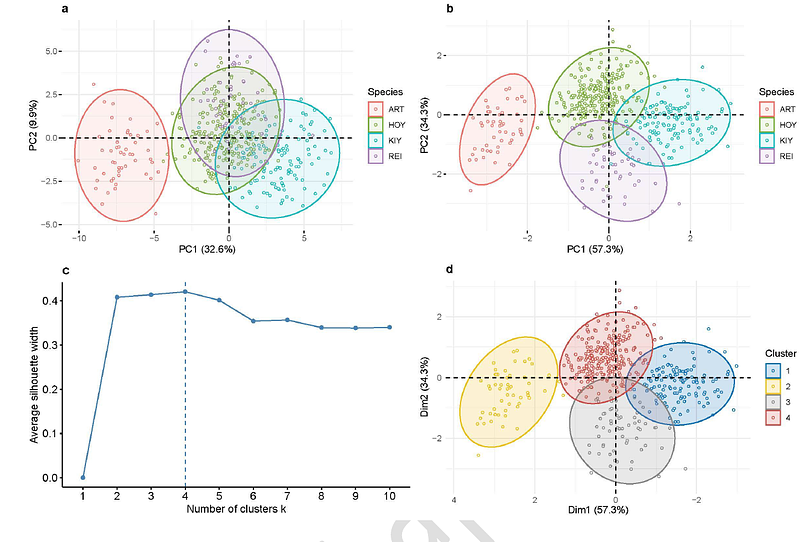The search for Lake Superior ciscoes as described by W. Koelz in 1929 yields a surprising discovery: Shortnose Cisco (Coregonus reighardi), a presumed extinct species

The search for Lake Superior ciscoes as described by W. Koelz in 1929 yields a surprising discovery: Shortnose Cisco (Coregonus reighardi), a presumed extinct species
Gorman, O. T.; Ackiss, A. S.; Pratt, T. C.; Lyons, J. F.; Renauer-Bova, R.; Siegel, J. V.; J, R. A.; Kao, Y.-C.
AbstractThe Laurentian Great Lakes (LGL) formed following the retreat of the Wisconsin glaciation 15-9 ka and provided a vast volume of freshwater habitat for coregonines, which included a diverse endemic complex of ciscoes. However, anthropogenic impacts in the 19th and 20th centuries resulted in declines and losses of ciscoes, leaving only Lake Superior with a relatively intact complex that still dominates its prey fish community. In the 1920s, W. Koelz described six putative cisco species from Lake Superior: Coregonus artedi, C. hoyi, C. kiyi, C. zenithicus, C. reighardi, and C. nigripinnis. Of these, artedi, hoyi and kiyi remain extant and abundant in Lake Superior, zenithicus is considered extirpated throughout the LGL except in Lake Superior, and reighardi and nigripinnis are considered extinct and had been synonymized as zenithicus in Lake Superior. Using an integration of morphological and genetic approaches, we present results reaffirming the presence of artedi, hoyi, and kiyi, and new evidence for the presence of reighardi, a species thought to be extinct. Our analysis did not elucidate the presence of zenithicus and nigripinnis, leaving their status unresolved. The principal morphological characters that discriminate artedi, hoyi, kiyi, and reighardi are related to habitat and trophic (ecological) specialization and foster niche segregation: eye size, gill raker length, and gill raker spacing, the same as those that foster niche segregation in subarctic European whitefishes. The discovery of reighardi is expected to stimulate new interest in the development of conservation and restoration plans for rare and imperiled cisco species in the LGL and other freshwater lakes throughout the Northern Hemisphere, and our integrated morphological and genetic approach can benefit these efforts by providing insights for the evolution, diversity, and ecology of ciscoes.